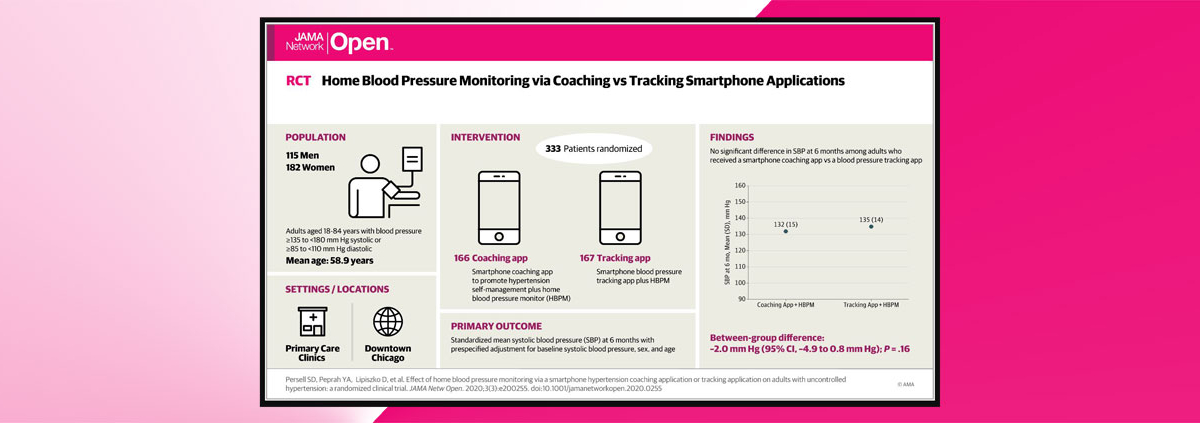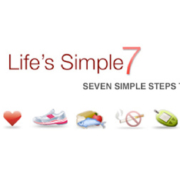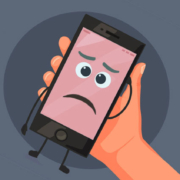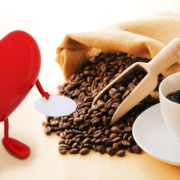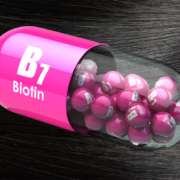Limitations of the Smartphone BP App
In the examination of a smartphone application to help lower blood pressure, the results were a little surprising. Take a look at the graphic representation above of the study, including the results. More and more journals are going to that type of graphic summary. They’re great summaries, but they don’t always tell the entire story.
A quick review on blood pressure: systolic is the upper number and indicates the pressure when your heart is beating; diastolic is the lower number and indicates the pressure when your heart is resting. The ideal BP range is 110/70 to 120/80.
In this case, as you could see on the graphic, there was a difference of only 3 mmHg in systolic BP between those using the AI-generated coaching application and those who didn’t use that app. One of the discussion points was that the number of subjects was not great enough to be able to discern the significance of less than a 5 mmHg difference in BP. Achieving statistical significance is pretty much irrelevant in the real world if the difference between the approaches was so small. Yes, in a population of 50 million, a 1 mmHg drop in systolic BP may save some lives, but who do you really want tracking your BP: an artificial presence or your physician?
What really caught my attention was that both approaches worked. The overall decrease in the AI group was 8.3 mmHg versus 6.8 mmHg in the control group. There were decreases in diastolic BP as well. Whether it was the automated BP reporting alone or not, it appeared that just paying attention got results. But that’s not all I got out of the study. I’ll let you know more on Saturday. By the way, how you coming along with your new habit?
What are you prepared to do today?
Dr. Chet
References:
1. https://bit.ly/39OmUCc.
2. JAMA Open. doi:10.1001/jamanetworkopen.2020.0255.

